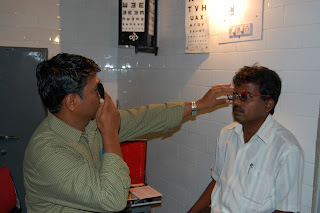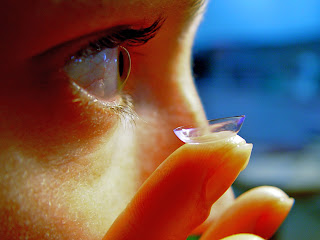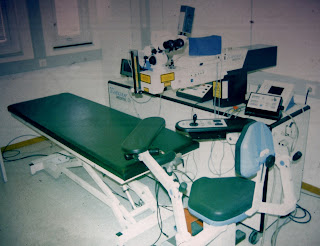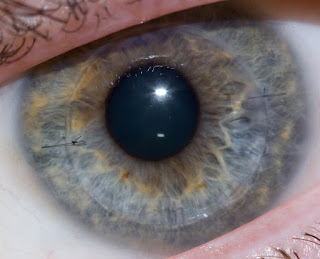When a person suffers this ametropia (default view) what happens is that the curvature of your cornea is not the same throughout the area, i.e., has irregular areas. The Mission of the cornea for vision is extremely important. It is in charge of refract light so that the image that we are looking at projects in the retina, and once there, thanks to the photoreceptor cells, light is transformed into nerve impulses. Then through the optic nerve, these impulses are transferred to the brain.
 |
| What is astigmatism - What is Definition Of Astigmatism |
The cornea may be the perfect curvature, but having the eye too small or too large, equally produced errors in refraction and causes poor vision. A short-sighted person will only see evil from afar, and a long-sighted, closely. These two defects may not suffer simultaneously from, are mutually exclusive from each other, but the astigmatism is completely different, may be the only fault of the eye or may occur along with a farsightedness or nearsightedness.
As in any ametropia, there are different degrees of condition, and not all require treatment. Very mild astigmatism may be asymptomatic, i.e., does not show any detectable complication and own eye corrected the vision involuntarily without discomfort for sufferers it.
If it is more pronounced, appear symptoms such as headache, dizziness and difficulty to focus. According to the degree these nuisances will be more or less intense. There are several formulas to correct it: contact lenses, glasses, surgery... The specialist will advise us what is the best remedy.
You can read another articles like Astigmatism Symptoms, Lasik For Astigmatism, Types Of Astigmatism, Vitamins For Astigmatism.
astigmatism definition
astigmatism
what is astigmatism





